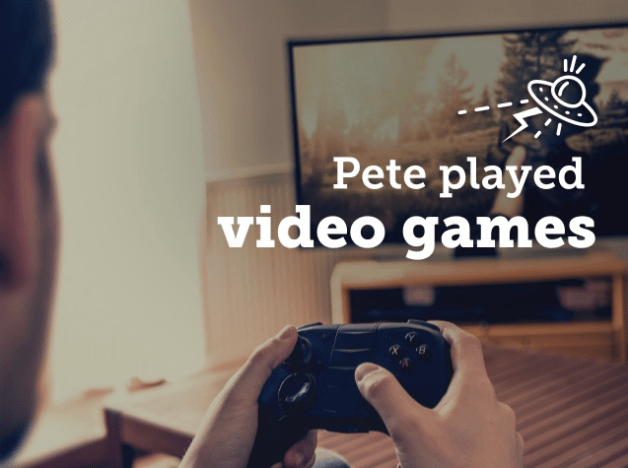Exactly one year ago, I created a SlideShare presentation for our Ethos3 account. Based on the content from a blog post I wrote a few months earlier, the deck exemplifies the content creation process myself and other writers follow when adapting our copy for other formats. The blog post – titled 4 Ways to Respond to Presentation Failure – became the following SlideShare post:
If you review the blog post and SlideShare simultaneously, you’ll notice distinct differences in the narrative direction of each piece of content. Your presentation content has the potential to impact a larger audience than the group who attends a single event. By aligning your message to a new platform for sharing, you immediately add depth to your content and create additional value for your followers.

Captivate through storytelling
While my blog post introduced the topic of bouncing back after a failed presentation through compelling research study results, the SlideShare started off with a story. I created a fictional character, Pete, who struggled with overcoming presentation failure.

For the blog post, the objective was to deliver information quickly and clearly and to ground my solutions in credible evidence. On the other hand, the visual capabilities of SlideShare enable innovative ways to tell the story. The attention-grabbing headline paired with an audience-driven narrative offers a compelling approach that draws viewers into the content.


Maximize transition slides
Oftentimes, presenters are hesitant to include transitions slides in their decks. Comments range from “The more slides I add, the longer my presentation will be” to “It seems repetitive to have a slide with words that you will likely speak.” Although the comments are valid, studies show that including phrases like “but” and “because of” actually enhance the structure of a story and improve audience retention of a message. We include transition sentences in virtually every other piece of communication – from a blog post or email to a text message or letter. Why would the practice not extend to your presentations? Use transition slides like the example below to add credibility to an opinion or statement and to signify the end of section and beginning of another.



Acknowledge the audience
The act of writing for a presentation audience differs from writing for readers of a report or downloaders of an eBook. In my blog post, I focus on providing as much value as possible to my audience. I want to make them understand their current responses to presentation failure and learn new methods for dealing with it. Through tone and thorough research, I create content that relates to readers. In my SlideShare presentation, I can achieve a similar result through an alternative technique. For example, near the end of the deck, I pose a question to the viewers – “How will you find closure to your presentation failure?” For every adaptation of your content, ensure you establish a connection with your audience.

Conclude with clear direction
Both the blog post and SlideShare have call to actions which indicate the steps I wanted the audience to take after viewing the material. You’ll notice, however, that the call to actions vary. My blog post points readers in the direction of other relevant posts from the Ethos3 archives. The SlideShare utilizes a dual call to action. The first request encourages viewers to reach out to our team for presentation design and training services.

On the next slide, a second call to action shares the full blog post for those interested in gathering more information about the topic.

When you convert content into a different format consider the purpose of the communication and structure your narrative appropriately. For more tips and tricks for developing your presentation content, check out the articles below:
The Science of Listening and How It Influences Audience Response
Presentation Design Best Practices: How to Represent Complex Process Models